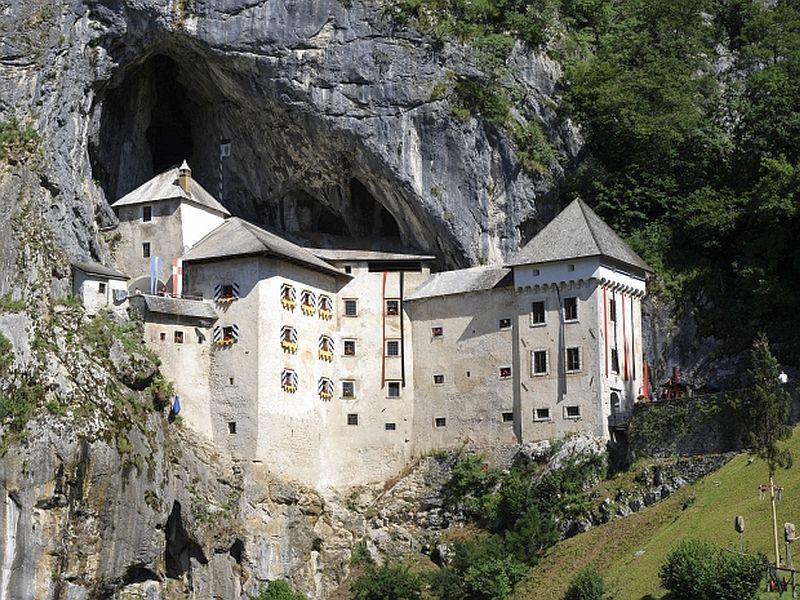
It is one of the most striking buildings in Slovenia: The Predjama Castle, not far from the town of Postojna, perched on a cliff and concealing a secret entrance leading to a cave. Centuries ago, the castle was the site of events that have intrigued countless generations.
In the 13th century, the first castle in this remarkable location was built by the influential Patriarch of Aquileia. Ownership of the relatively small structure soon passed into the hands of the Luegg family of nobles, who made a number of improvements to the building. However, it was one member of the family, Erasmus of Predjama, who made it into history books – and local lore.
When Erasmus was in charge of the castle, he partnered with the Hungarian king Matthias Corvinus and conducted raids against the port city of Trieste. By 1484, the Austrian Emperor Frederick III had had enough of the raids and decided to get rid of Erasmus. Despite fierce attacks by the Emperor’s allies, led by Gašper Ravbar, the governor of Trieste, Erasmus refused to give up. When threatened, he simply sought shelter in the caverns behind the castle; he also received food and other supplies through the caverns. And the invaders never knew what room Erasmus was in.
Finally, after many months, the Emperor’s forces decided to get rid of Erasmus by resorting to trickery. They bribed one of Erasmus’s men to light a candle in the window of the noble’s room. When the troops saw the light, they pelted that area of the castle with stones, killing Erasmus. They then added insult to injury in order to destroy Erasmus’s reputation: They started a false rumor that Erasmus had died while on the toilet.
Erasmus’s death, however, was by no means the end of the Predjama Castle. In 1570, Baron Cobenzl replaced the original castle with a magnificent renaissance structure, whose appearance hasn’t changed much since. In the years that followed, several noble families made their home at Predjama.
During World War II, the castle served as an important base for the Partisan resistance and was later nationalized. Today, it houses a museum, displaying not just a wide variety of historical items from the castle, but also valuable archeological findings from the cavers behind it – the very same caverns once used by Erasmus. The museum, as well as the castle’s unusual location, have made Predjama one of Slovenia’s most popular and recognizable tourist attractions.

































































